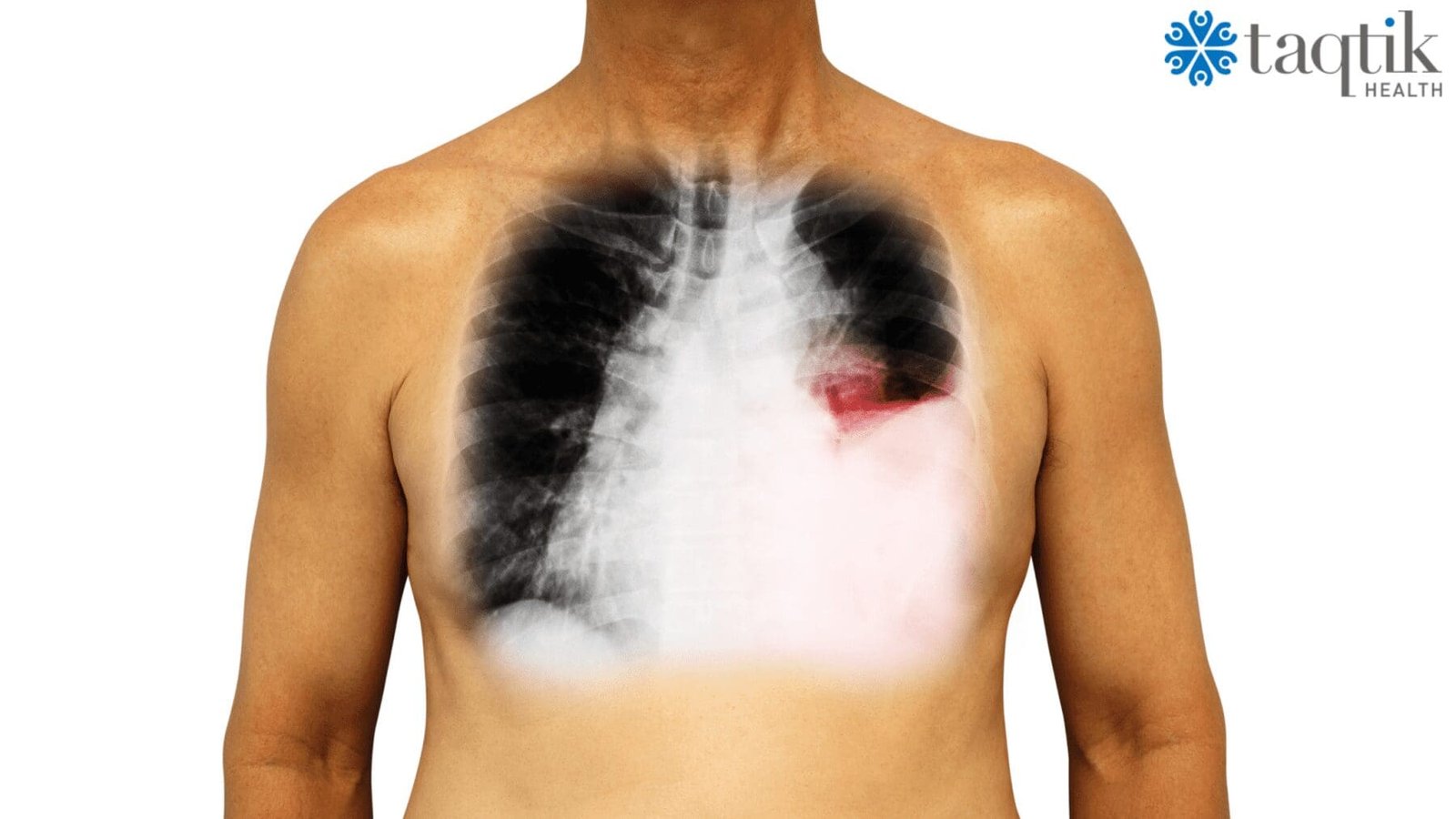Early Signs of Lung Cancer
Not only cigarette smokers but there are nonsmokers who also do get lung cancer and smokers who don't get it. Early signs of lung cancer are very essential for diagnosing lung cancer early.
A major killer of men and women in the world is lung cancer. The main contribution to lung disease is cigarette smoking, secondhand smoke, air pollutants, and other causative factors.
Not only cigarette smokers but there are nonsmokers who also do get lung cancer and smokers who don't get it. Early signs of lung cancer are very essential for them. In Fact, fifty percent of persons who develop cancer of the lungs are previous smokers, and fifteen percent are non-smokers.
Lung Cancer has many symptoms. Sometimes all of them are associated with other illness that has no connection with lung cancer. You should be aware since lung cancer is in the early-stage not shows any symptoms at all. That's why most people will think it's just a small illness or even ignores it.
The following are the Early signs of lung cancer:
1. Shortness of breath
Another regular early sign of lung cancer is briefness of breath which you can only observe with activity. Talk to your physician when you have difficulty breathing in doing any activity.
2. Coughs that do not go away
Coughing is the most common of lung cancer symptoms experienced by 75% of patients. Hemoptysis or coughing out blood is an ordinary sign of lung tumor but may be fairly delicate and you can observe only little quantity of blood traced phlegm if you cough. If you suffer continual cough, consult your physician and look for a second opinion if you can not get an apparent reply.
3. Chest pain or pain in the abdomen
Almost fifty percent of persons with lung cancer suffer some chest pain or aches in the shoulder in time of the findings, particularly aches that increase during breathing and coughing.
4. Any unusual signs or common decline in health
Apparently dissimilar signs, like knee pain, can be a premature sign of lung tumor.
Lung cancer symptoms will show after 10 years or even more. And when it does, the lung cancer stage is already advanced and hard to treat. So should be aware of early signs of lung cancer.
Additional Lung Cancer Resources
Additional resources for lung cancer can be found at cancer.org, Healthline, lung.org, and the mayo clinic.
Cancer Treatment FAQ's can be found on our site here.
Next Steps
You can start your online assessment here. Our online cancer connector is available if you are a patient recently diagnosed with lung cancer, a caregiver caring for a cancer patient, or exploring options for a second opinion. If you have not been diagnosed but suspect you may have lung cancer please make an appointment to see your local general practitioner to arrange to have a diagnosis. If you have any questions and wish to speak or communicate with a patient navigator please make an inquiry here.







